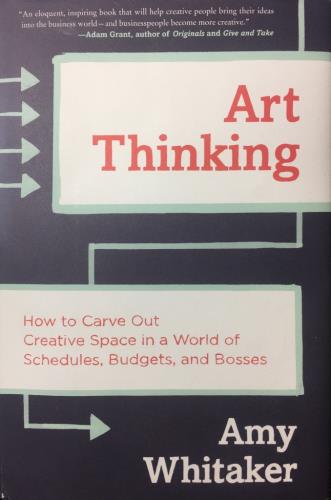Bachelor's degree with a double major in Chinese and Art in Peking University. Master of Art and Administration in New York University. She has served in the Macao Cultural Affairs Bureau, the New York City Department of Cultural Affairs and the Museum of Chinese in America, working as art administrator and curator. She is now working as an art educator and administrator in New York, as well as an independent curator and writer.

The latest art market report published by Art Basel at the end of March reveals a surprising piece of data: as much as half of the overall sales revenue in the global art auction market comes from 1% of artists. In other words, in this glamorous trade, people are only able to know about the work of the top 1% of artists. How then do the remaining artists support their lives and make their creative work sustainable? For many artists, their support will have to come from funding from the government and non-profit organisations.
Recently, I interviewed an artist sponsored by Lower Manhattan Cultural Council to find out more about his life in New York and his creative needs. He mentioned to me that funding is his top priority, followed by the need for creative space. While these are obviously important for an artist, we spent a lot of time discussing an artist’s vital need for administrative support. It is not apparent for many outside the industry as to how much administrative work is involved for a professional artist. From organising artworks, to applying for grants and exhibitions as well as taxation matters, administrative work demands from the artist a huge quantity of time and efforts. This also explains why some artists with financial resources would hire administrative assistants to help them. However, how many are actually in a position to do so? The sad truth for many artists in New York is that, as they spend months preparing applications for grants and residencies, they lose the important time for creative work. As grant application outcome is revealed in May, they often cannot concentrate on making new work until the summer.
Bearing all these in mind, does it not prompt us to contemplate the problems that are affecting the existing system for arts development? Is the system helping us nurture creative talent or, rather, administrative talent? A few years ago, I took part in a workshop on evaluating the effectiveness of arts funding. The speaker highlighted how, compared to other industries, artists are fortunate enough to obtain financial sponsorship by simply writing and submitting a few pages of proposals. This inevitably made people think that arts funding bodies or departments need an effective workflow and language for administrative work, including logistics, budget, time management, effectiveness control, etc. However, once we view the practice of art from the administrative perspective, or once this has become the mainstream guideline on art, we will easily forget our service target and their needs. After all, what is the best way to support the arts and to encourage creative enterprises?
To address these questions, I can think of a book by Amy Whitaker, an American scholar who researches on the relationship between arts and commercial management, entitled Art Thinking: How to Carve Out Creative Space in a World of Schedules, Budgets and Bosses. In this book, Whitaker differentiates commercial thinking from artistic thinking. While the former adopts a typical A to B process, the latter is a process of creating B. In other words, artistic work is a process of experimentation, or what some people might call a process from zero to one, as the outcome is often hard to predict. Moreover, no one could tell how B would be like until it is created.
These different modes of thinking can help us understand different concerns that occur in the existing arts funding mechanism. Perhaps we will start to doubt the feasibility to arrive at a thorough arts project proposal, workflow chart and budget. Perhaps we will become more open-minded or adventurous in evaluating effectiveness. The core of creative work lies in exploring possibilities. If anyone can come up with a successful formula for it, then I suspect it must be cloned from somewhere, and there is no room for cloning activities in an artistic world.
Perhaps the management-oriented thinking on arts funding is too ingrained in many of us, but the calls from artists surely prompt us to reflect on the value of art: "Each artist has the same dream of going to his studio to create." We should not lose sight of the ways we can help artists achieve that.